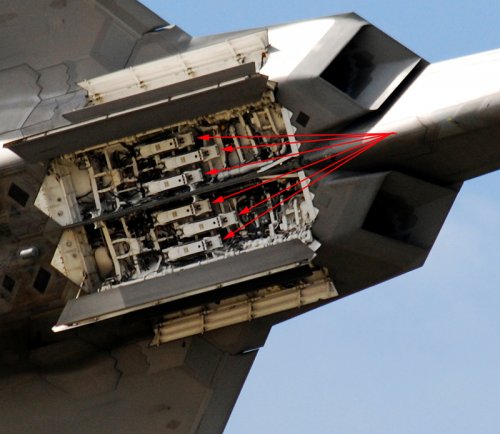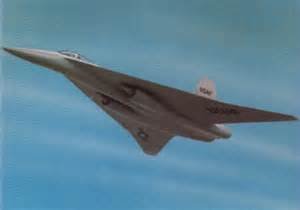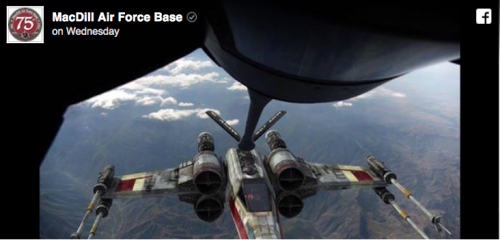George Allegrezza said:
The PCA concept sounds somewhat similar to the USAF pre-ATF studies of the 1970s, which emphasized higher-speed penetration for both offensive counter-air and deep strike. The influence of stealth developments and the perceived priority of air superiority through supermaneuverability changed the requirements substantially, of course, eventually leading to the F-22. One assumes PCA would encompass air vehicles as well as missiles, PEA, comprehensive offboard targeting, and cyber.
This might also explain the sudden expressions of interest in an F-22 production restart. It might be seen as a way to fill the air superiority gap with a few more wings of very capable fighters without either waiting two decades for F-X or trying to add high-end air-to-air capability to a PCA that emphasizes range, speed, and payload. The question of cost-effectiveness and the impact of updating some systems that have gone out of production remains, of course, not to mention finding the money to pay for them.
And yes, it is refreshing to see a proposal that R&D efforts in specific technology areas be separated from programs with production intent. There are too many examples of cost growth (and eventual fleet cuts) that result from bundling multiple R&D efforts into a large-scale acquisition program.
I agree that F-22 restart rumblings are probably related as you state. Congress is spooked. Makes you wonder what they know.
I'm just not convinced that we're in the "two decade" mode anymore - for several reasons.
1. Lessons were learned w/F-35. No one wants to go down the rathole of "too much development" again. It's just too risky. B-21 is really the 1st iteration of how acquisition in the "new mode" can work. They basically say as much in the "2030" plan.
2. Quantum leaps in computing power, software, rapid prototyping using 3D printing tools and multi-axis robots has fundamentally transformed how quickly ideas can be moved from design to production.
3. NG, for example, has created a manufacturing line for F-35 center fuselage which has dramatically cut production times. Supposedly they're planning to use the same line to build a 2nd airframe should the opportunity arise.
NG built and flew the YF-23 in 48 months - in 1990. B-21 IOC is expected 10 years from contract award - and that will be hardened for nuclear capabilities.
It's conceivable, if engines are ready, that a new airframe, using COTS tech, can achieve IOC in 10 years. The testing and working out the kinks is the bitch.
Perhaps this is why F-22 is being discussed. Congress wants to know if F-22 restart would be faster, cheaper, better than NGAD in 10 years. I don't think anyone believes that an F-22 restart would be faster, cheaper, better than NGAD in 10 years. Everything has moved on - EWS, RAM, engine tech, sensor fusion, etc, etc. They just want the political cover of someone else saying it would be a mistake. My guess is that's why they want the report so quickly so a decision can be made as soon as the AoA is finished. We shall see!
In the mean time, I need a new airframe to drool over. If someone with Scaled will grant me an audience to see the T-X design I'd be much obliged. Don't think this is all one sided though. I'm willing to share some very good bourbon and sticks as we sit on the ramp, admire her lines and discuss the expected performance! Have booze, will travel. ;D




